Original author: Alex Pack Alex Botte
الترجمة الأصلية: TechFlow
Executive Summary
-
Ethereum has underperformed Bitcoin and Solana. Critics argue that this is mainly due to Ethereum’s choice of a modular strategy. Is this true?
-
In the short term, this is true. We found that Ethereums shift to a modular architecture led to a drop in ETH prices due to reduced fees and reduced token burns.
-
If you combine the total market value of Ethereum and its modular ecosystem, the situation is different. In 2023, the value generated by Ethereums modular infrastructure tokens is equivalent to Solanas total market value, about $50 billion. But in 2024, they performed worse than Solana overall. In addition, the benefits of these tokens mainly go to the team and early investors, not ETH token holders.
-
From a business strategy perspective, Ethereum’s modular transformation is about maintaining its ecosystem dominance. The value of a blockchain is reflected in the size of its ecosystem, and while Ethereum’s market share has fallen from 100% to 75% over the past nine years, it’s still quite significant (compare this to Amazon Web Services, the leader in Web2 cloud computing, which has fallen from nearly 100% to 35%).
-
In the long run, the biggest advantage of Ethereum’s modular strategy is that it enables the network to cope with future technological advances to avoid being eliminated. Through its Layer 2, Ethereum successfully survived the first major challenge of the Layer 1 blockchain, laying the foundation for its long-term resilience (although there are some trade-offs).
Introduction: What’s the problem?
Ethereum has underperformed Bitcoin and Solana in this market cycle. Since the beginning of 2023, ETH has risen 121%, while BTC and SOL have risen 290% and 1452%, respectively. Why is this happening? There are many opinions that the market is not rational enough, the technical roadmap and user experience lag behind competitors, and Ethereums ecosystem is losing market share to competitors such as Solana. Will Ethereum become the AOL or Yahoo! of the تشفيرcurrency field?
The main reason for this underperformance is an intentional strategic decision Ethereum made about five years ago: to move to a modular architecture while decentralizing and deconstructing its infrastructure development path.
In this article, we will explore Ethereum’s modular strategy and use data analysis to evaluate the impact of this strategy on ETH’s short-term performance, Ethereum’s market position, and its long-term prospects.
Ethereum’s strategic shift to a modular architecture: How bold is this?
In 2020, Vitalik and the Ethereum Foundation (EF) made a bold and controversial decision to deconstruct the various components of Ethereum infrastructure. Instead of Ethereum handling various aspects of the platform alone (such as execution, settlement, data availability, sorting, etc.), other projects are encouraged to provide these services in a composable manner. This process began with encouraging new Rollup protocols to handle execution as Ethereums Layer 2 (L2) (see Vitaliks 2020 article Rollup-centric Ethereum Roadmap ), and now there are hundreds of different infrastructure protocols competing to provide technical services that were once exclusive to Layer 1 (L1).
To understand how radical this idea is, imagine a Web2 analogy. An analogy for Ethereum in Web2 is Amazon Web Services (AWS), the leading cloud infrastructure platform for building centralized applications. Imagine if AWS had focused on its flagship products like storage (S3) and compute (EC2) when it launched 20 years ago, instead of growing to the dozens of different services it offers today. AWS would have missed a huge opportunity to increase customer revenue by expanding its suite of services. Furthermore, by offering a comprehensive product offering, AWS could have created a “walled garden” that made it difficult for customers to integrate with other infrastructure providers, thereby locking in customers. This is exactly what happened. AWS now offers dozens of services, the stickiness of its ecosystem makes it difficult for customers to leave, and revenue has grown from hundreds of millions of dollars in the early days to an estimated $100 billion in annual revenue today.
However, the result is that AWSs market share has been gradually eroded by other cloud service providers, such as Microsoft Azure and Google Cloud, which have been growing steadily every year. The initial market share of nearly 100% has now dropped to about 35%.
What if AWS had taken a different approach? What if it had acknowledged that other teams might perform better on certain services, chosen to open up its APIs, and prioritized modularity and interoperability instead of trying to lock in users? AWS could have allowed developers and startups to build complementary infrastructure, thereby creating more specialized services, forming a more developer-friendly ecosystem, and improving the overall user experience. While this might not have increased AWS revenue in the short term, it could have given AWS a larger market share and a more active ecosystem.
Still, it may not be cost-effective for Amazon to do so. As a public company, it needs to focus on current revenue rather than a “more vibrant ecosystem.” Therefore, deconstruction and modularization may not be appropriate for Amazon. However, it may be reasonable for Ethereum, which is a decentralized protocol, not a company.
Decentralized protocols and companies
Decentralized protocols, like companies, generate royalties and even “revenue” to some extent. But does this mean that the value of a protocol should be measured based solely on these revenues? The answer is no. Today, this is not the metric.
In the Web3 space, the value of a protocol is more determined by the overall amount of activity on its platform and whether it has the most active developer and user ecosystem. Looking at our analysis of Bitcoin, Ethereum, and Solana, there is a high correlation between token price and Metcalfe value (a measure of the number of network users), a relationship that has persisted for more than a decade in the case of Bitcoin.
Why does the market place so much emphasis on ecosystem activity when pricing these tokens? After all, stocks are typically priced based on growth and earnings. However, current theories on how blockchains can add value to their tokens are still in their early stages and have yet to demonstrate strong explanatory power in the real world. Therefore, it makes more sense to evaluate crypto networks by network activity: factors such as number of users, assets, activity, etc.
Specifically, the price of a token should reflect the future value of its network (just like a stock price reflects the future value of a company, not its current value). This also leads to the second reason why Ethereum considers modularization: to future-proof its product roadmap in this way, increasing the likelihood that Ethereum will maintain its dominance in the long term.
In 2020, Vitalik wrote his “Rollup-centric Roadmap” article, when Ethereum was at the 1.0 stage. As the first smart contract blockchain, Ethereum will obviously achieve several times the scalability, cost, and security of the blockchain. For the first mover, the biggest risk is not being able to adapt quickly to new technological changes and miss the opportunity to make the next leap. For Ethereum, this means moving from PoW to PoS and achieving 100x higher blockchain scalability. The Ethereum Foundation (EF) needs to foster an ecosystem that can scale and achieve major technological advances, otherwise it risks becoming the Yahoo or AOL of its time!
In the Web3 world, where decentralized protocols replace traditional companies, Ethereum believes that fostering a strong and modular ecosystem is more valuable in the long run than full control of infrastructure, even if it means giving up control of the infrastructure roadmap and core service revenue.
Next, we explore the actual consequences of the modularization decision through data.
The impact of Ethereums modular ecosystem on ETH
We analyze the impact of modularization on Ethereum from the following four aspects:
1. Short-term price (adverse impact)
2. سوق capitalization (good for some)
3. Market share (excellent performance)
4. Future technology roadmap (to be discussed)
1. Disadvantages: Costs and Prices
In the short term, Ethereum’s modular strategy has had a clear negative impact on the price of ETH. Although ETH has rebounded significantly from its lows, it still underperforms BTC, some competitors such as SOL, and even the Nasdaq Composite Index in some periods. This is largely due to its modular strategy.
Ethereums modular strategy first affected the price of ETH by reducing fees. In August 2021, Ethereum implemented the EIP-1559 proposal, which burned excess fees in the network, thereby reducing the supply of ETH. This is similar to stock buybacks in the stock market, which should theoretically have a positive impact on prices, and it did work for a period of time.
However, with the launch and development of L2 execution layers and alternative data availability layers like Celestia, Ethereum fees have begun to decline. As a core revenue source is abandoned, Ethereums fees and revenue decrease, which has a significant impact on the price of ETH.
Over the past three years, there has been a significant statistical correlation between Ethereum fees (in ETH) and ETH price, with a correlation coefficient of +48% on a weekly basis. If the Ethereum blockchain saw a 1,000 ETH reduction in fees in a week, the price of ETH would drop by an average of $17.
Therefore, outsourcing execution to L2 leads to lower fees on L1, which in turn reduces ETH burns, causing the price to fall. This is not good news, at least in the short term.
However, these fees have not disappeared, but have flowed to new blockchain protocols, including L2 and DA layers. This also leads to the second impact that modular strategies may have on ETH prices: most of these new blockchain protocols have their own tokens. In the past, investors only needed to buy one infrastructure token (ETH) to participate in all the growth of the Ethereum ecosystem. Now they need to choose among many different tokens ( CoinMarketCap lists 15 in the modular category , and more venture-backed projects are in development).
The new modular infrastructure token category may have affected the price of ETH in two ways. First, if blockchains are considered companies, then theoretically the sum of the market capitalization of all modular tokens should be attributed to the market capitalization of ETH. This is similar to a company split in the stock market, where the market capitalization of the old company is usually reduced to match the market capitalization of the new company.
However, the situation may be more negative for ETH. Many cryptocurrency traders are not particularly sophisticated investors and may feel overwhelmed or even choose not to buy when they need to buy dozens of tokens to participate in all the innovative growth on Ethereum. This psychological burden, as well as the transaction costs of buying multiple tokens instead of a single token, may have an adverse impact on the price of both ETH and modular tokens.
2. The positive side (for some): the market cap story
Another way to assess the impact of Ethereum’s modular strategy on its success is to look at the change in its market capitalization. In 2023, ETH’s market capitalization grew by $128 billion. In contrast, Solana’s market capitalization grew by $54 billion. Although ETH’s absolute growth was higher, Solana started from a lower base, so its price grew by 919% while ETH grew by 91%.
However, the picture is different if the market cap of all the new “modular” tokens that have grown through Ethereum’s modular strategy is taken into account. In 2023, the market cap of these tokens grew by $51 billion, roughly in line with Solana’s market cap growth.
What does this mean? One interpretation is that the Ethereum Foundation (EF) has created a modular infrastructure ecosystem for Ethereum that is comparable to Solana through its shift in modular strategy. In addition, it has created a market value of $128 billion for itself, which is quite remarkable! Imagine how amazing it would be to see Ethereums achievements after Microsoft or Apple spent years and billions of dollars to build their own developer ecosystems.
However, this trend did not continue in 2024. SOL and ETH continued to grow (albeit at a slower rate), while the market capitalization of modular blockchains as a whole declined. This could be due to the markets weakening confidence in Ethereums modular strategy in 2024, or it could be due to pressure to unlock tokens, or the market felt overburdened by buying multiple tokens, when they could choose to buy only one token to invest in Solanas technology ecosystem.
Let’s move from price action and market feedback to actual fundamentals. Maybe the market was wrong in 2024 and right in 2023. Did Ethereum’s modular strategy help or hinder it from becoming the leading blockchain ecosystem and mainstream cryptocurrency?
3. Outstanding Performance: Ethereum Ecosystem and ETH’s Dominance
From the perspective of fundamentals and usage, Ethereum-related infrastructure has performed very well. Among similar projects, Ethereum and its L2 have the highest total locked value (TVL) and fees. The TVL of Ethereum and its L2 is 11.5 times that of Solana, and even if only L2 is considered, its TVL exceeds Solana by 53%.
From the perspective of TVL market share:
Ethereum initially had 100% market share when it launched in 2015. Despite facing hundreds of competing L1 projects, Ethereum and its modular ecosystem still maintains ~75% market share today. Going from 100% to 75% market share in 9 years is pretty impressive! In comparison, AWS went from 100% to ~35% market share in about the same time frame.
So, is ETH really benefiting from the dominance of the Ethereum ecosystem? Or is Ethereum and its modular parts thriving without using ETH as an asset? In fact, ETH is an important part of the broader Ethereum ecosystem. When Ethereum expands to L2, ETH also expands synchronously. Most L2s use ETH as gas (network currency), and in most L2s, the amount of ETH is at least 10 times that of other tokens in TVL. Please see the table below to see ETHs dominance in the three major DeFi applications in the Ethereum ecosystem, including mainnet and L2 instances.
4. Worth discussing: Technology development story
From a technical roadmap perspective, Ethereum’s decision to modularize the L1 chain into independent components allows projects to specialize and optimize in their specific areas. As long as these components remain composable, decentralized application (dApp) developers can build on the best infrastructure to ensure efficiency and scalability.
Another, bigger advantage of modularity is that it makes protocols future-proof. Imagine a new, game-changing technology innovation. Only those protocols that adopt it will survive. This has happened many times in technology history: AOL’s valuation dropped from $200 billion to $4.5 billion after it missed the transition from dial-up to high-speed broadband. Yahoo’s valuation dropped from $125 billion to $5 billion after it failed to adopt new search algorithms (like Google’s PageRank) and missed the transition to mobile.
However, if your technology roadmap is modular, as an L1, you don’t need to chase every new wave of technology innovation yourself – your modular infrastructure partner can do that for you.
Does this strategy work? Let’s take a look at the actual construction of Ethereum-related infrastructure:
-
Ethereum’s L2 layer has excellent scalability and execution cost. At least two innovative technologies have succeeded here: optimistic rollups, such as Arbitrum and Optimism, and rollups based on zero-knowledge (zk) proofs, such as ZKSync, Scroll, Linea, and StarkNet. In addition, there are many other high-throughput, low-cost L2s. The promotion of these two blockchain technologies has enabled Ethereum to achieve an order of magnitude improvement in scalability, which is no easy task. Dozens or even hundreds of L1s launched after Ethereum have still failed to achieve version 2.0 with 100x scalability and cost improvements. With these L2s, Ethereum successfully survived the first large-scale elimination event of blockchain: achieving a 100-fold increase in transactions per second (TPS).
-
New blockchain security models. Innovation in the blockchain security space is critical to the survival of the protocol – look at how every major L1 is moving from PoW to PoS today. The shared security model pioneered by EigenLayer may be the next big change. Although there are similar shared security protocols in other ecosystems, such as Bitcoins Babylon and Solanas Solayer, in Ethereum, EigenLayer is the pioneer and the largest.
-
New virtual machines (VMs) and programming languages. A major criticism of Ethereum has been its Ethereum Virtual Machine (EVM) and its programming language, Solidity. While relatively simple to write code in, it is a low-abstraction programming language that is prone to errors and difficult to audit, which is one of the reasons why Ethereum smart contracts are frequently attacked. For non-modular blockchains, it is almost impossible to try multiple VMs or replace the initial VM, but Ethereum is different. A new wave of alternative VMs built as L2s allow developers to code in other languages and do not rely on the EVM, but are still built within the Ethereum ecosystem. Examples include Movement Labs, which uses the Move VM developed by Meta and popularized by leading L1s such as Sui and Aptos; zk-VMs such as RiscZero, Succinct, and implementations developed by the research team at A16Z; and teams such as Eclipse that brought Rust and Solana VMs to Ethereum.
-
New scalability strategies. Similar to internet infrastructure or AI, orders of magnitude scalability improvements are expected every few years. Even now, Solana has been waiting for years for the next major improvement, Firedancer, developed by the Jump Trading team. In addition, there are new ultra-high scalability technologies in development, such as parallel architectures from L1 teams such as Monad, Sei, and Pharos. If Solana cannot keep up, these technologies may pose an existential threat to it, but this is not the case for Ethereum, as it can easily integrate these technological advances through the new L2. This is also the strategy that new projects such as MegaETH and Rise are trying. These modular infrastructure partners help Ethereum incorporate major technological innovations in the crypto field into its own ecosystem, avoid being eliminated, and innovate with competitors.
However, this also comes with a tradeoff. As we mentioned before, modular technology architecture works well as long as the individual components remain composable. As our friend “Composability Kyle” pointed out, Ethereum adds complexity to the user experience when adopting a modular architecture. Regular users will have an easier time getting started when using a single structure chain like Solana because they don’t have to deal with issues such as cross-chain bridging and interoperability.
In the long run
So where does all this lead us?
-
The modular ecosystem has sparked widespread discussion. The market’s growth expectations for Ethereum-related modular infrastructure tokens in 2023 are the same as Solana’s, but the situation is different in 2024.
-
At least in the short term, the modular strategy does have a negative impact on the price of ETH, primarily because it leads to a reduction in fees and burns.
-
If you look at the modular approach from the perspective of business strategy, you will find its rationality. Ethereums market share has dropped from 100% to 75% in the past 9 years, while Web2s Amazon Web Services has dropped to about 35% in the same period. In the world of decentralized protocols, the size of the ecosystem and the dominance of tokens are more important than fees, which is good news for Ethereum.
-
From a long-term perspective, Ethereum’s modular strategy and its protection from future technology upgrades to avoid becoming the AOL or Yahoo! of the crypto world also performs well. With L2, Ethereum has successfully survived the first “mass extinction event” of L1 blockchains.
However, this also brings a trade-off. The modularized Ethereum is not as composable as a single chain, which has a certain impact on the user experience.
It is unclear when the benefits of modularity will offset the impact on ETH price from reduced fees and infrastructure token competition associated with modular Ethereum. It is certainly good for early investors and teams in these new modular tokens to be able to capture a piece of ETH’s market cap, but the launch of modular tokens at unicorn valuations suggests that these economic benefits are not evenly distributed.*
In the long run, Ethereum may become stronger for its investment in promoting the development of the broader ecosystem. Unlike AWS, which lost some market share in the cloud computing market, or Yahoo! and AOL, which were almost completely wiped out in the Internet platform competition, Ethereum is laying the foundation to adapt, expand, and succeed in the next wave of blockchain innovation. In an industry where success depends on network effects, Ethereums modular strategy may be the key to maintaining its dominance among smart contract platforms.
شكر وتقدير
Special thanks to Kyle Samani (Multicoin), Steven Goldfeder (Arbitrum), Smokey (Berachain), Rushi Manche (Movement Labs), Vijay Chetty (Eclipse), Sean Brown, and Chris Maree (Hack VC) for reviewing drafts of this article, arguments, and data.
End Notes
*We need to state here that we may be somewhat biased because our venture capital firm Hack VC is an early investor in many Ethereum-related modular infrastructure tokens, as mentioned in the footnote above. Therefore, in some cases, we are also those who profit from the market value of Ethereum, which may be unfavorable to ETH token holders in the short term.
This article is sourced from the internet: Hack VC: Gains and losses on Ethereum’s modularization journey
Original | Odaily Planet Daily ( @OdailyChina ) Author: Wenser ( @wenser 2010 ) On November 10, Coinmarketcap data showed that SOLs market value once exceeded 100 billion US dollars, surpassing the traditional listed company Vanguard Group and ranking 192nd among 20,666 assets in the world; on the 11th, according to the statistics of the 8 marketcap website , SOLs market value fell back to 97.78 billion US dollars, and the 7-day increase was still as high as 27.83%, ranking 199th among 20,666 assets in the world, and ranking fourth in the market value of cryptocurrencies. At the same time, relevant practitioners from Bitwise, Standard Chartered Bank, Coinbase and other institutions have expressed high affirmation of the subsequent development of the Solana ecosystem. Odaily Planet Daily will share with readers…


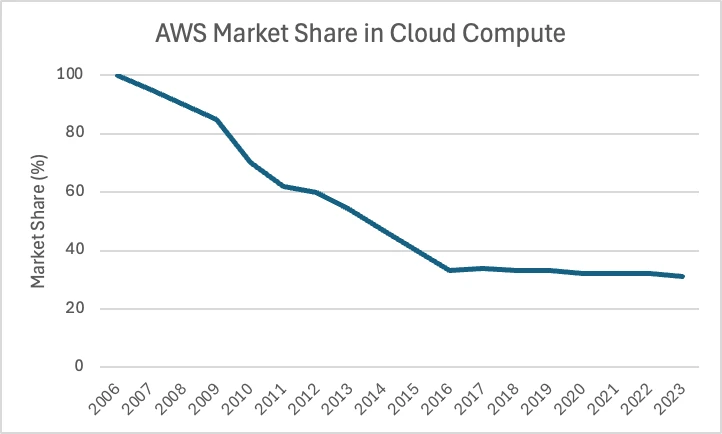
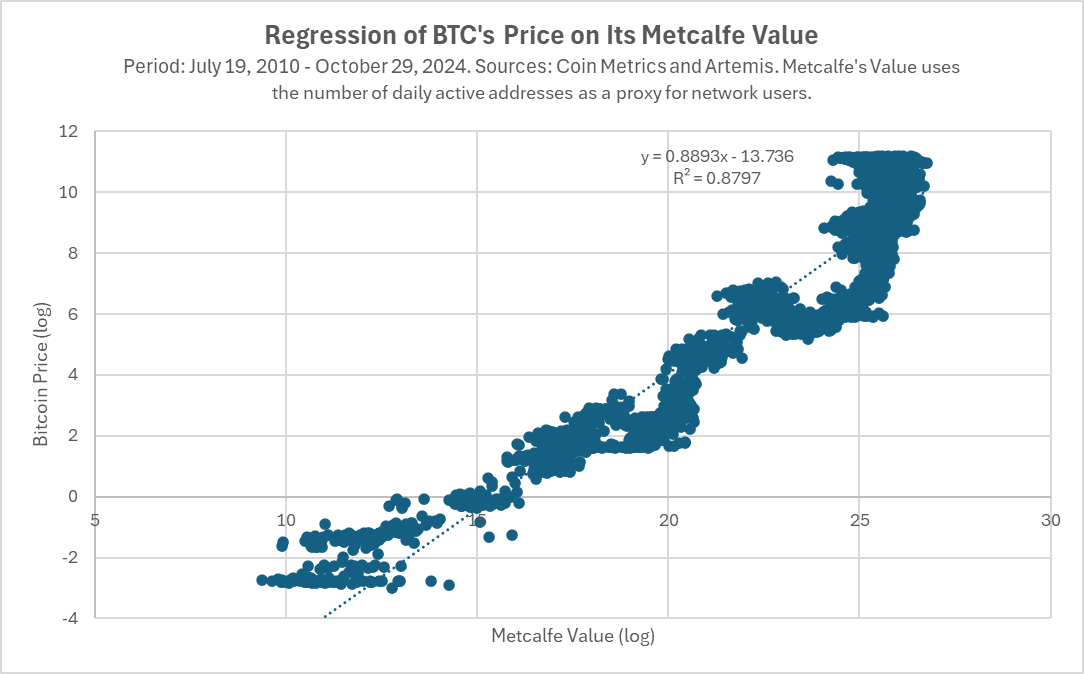
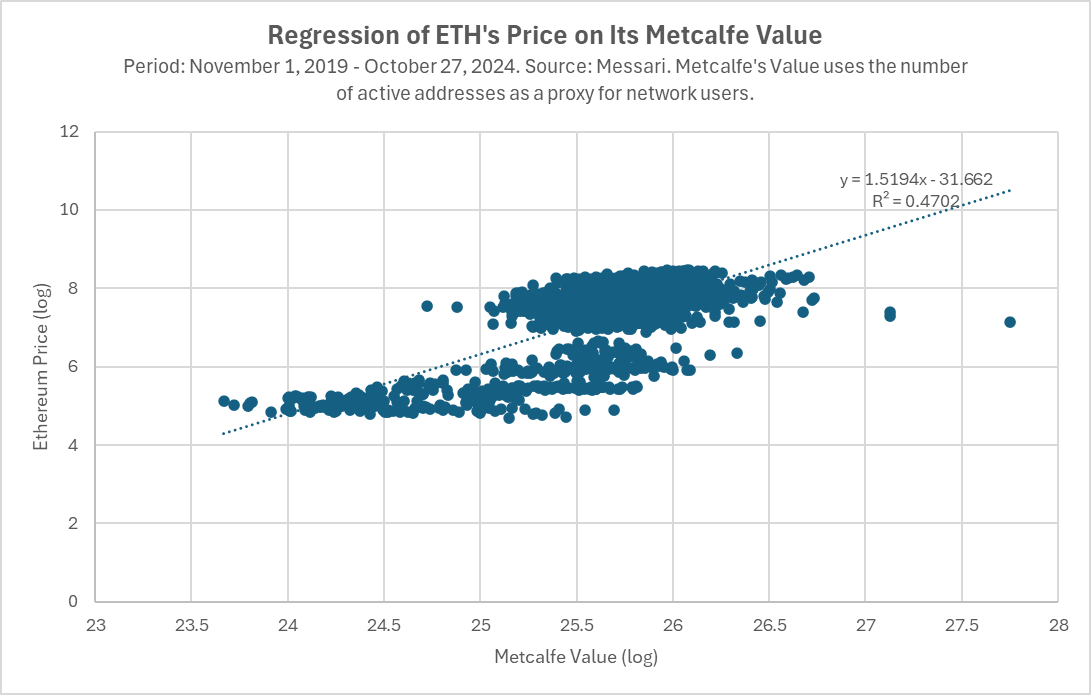
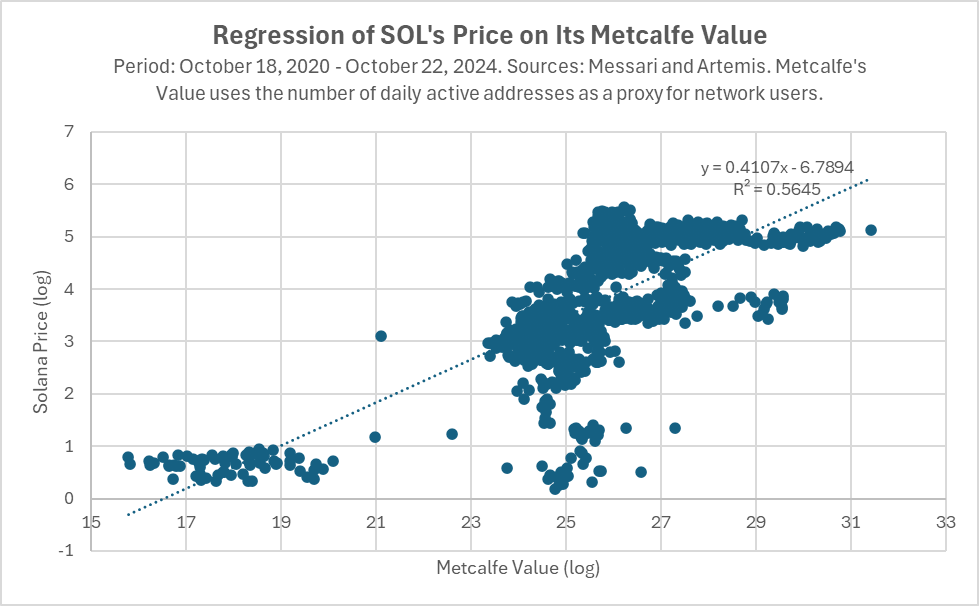

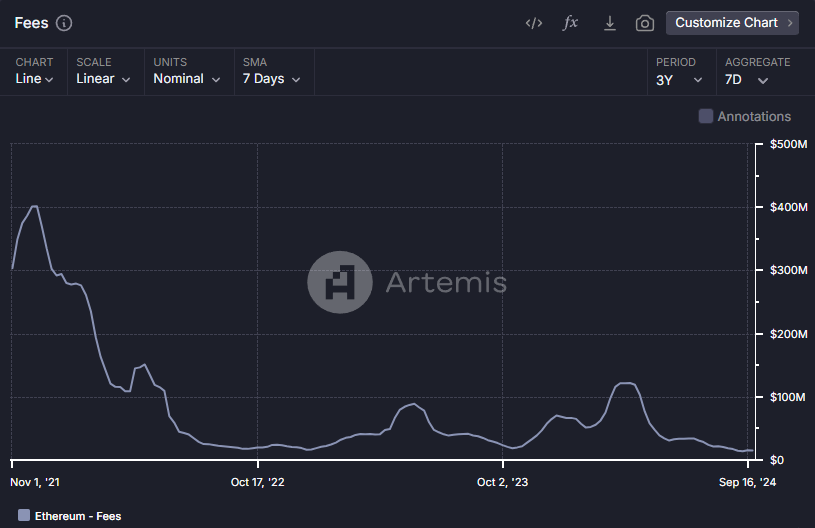


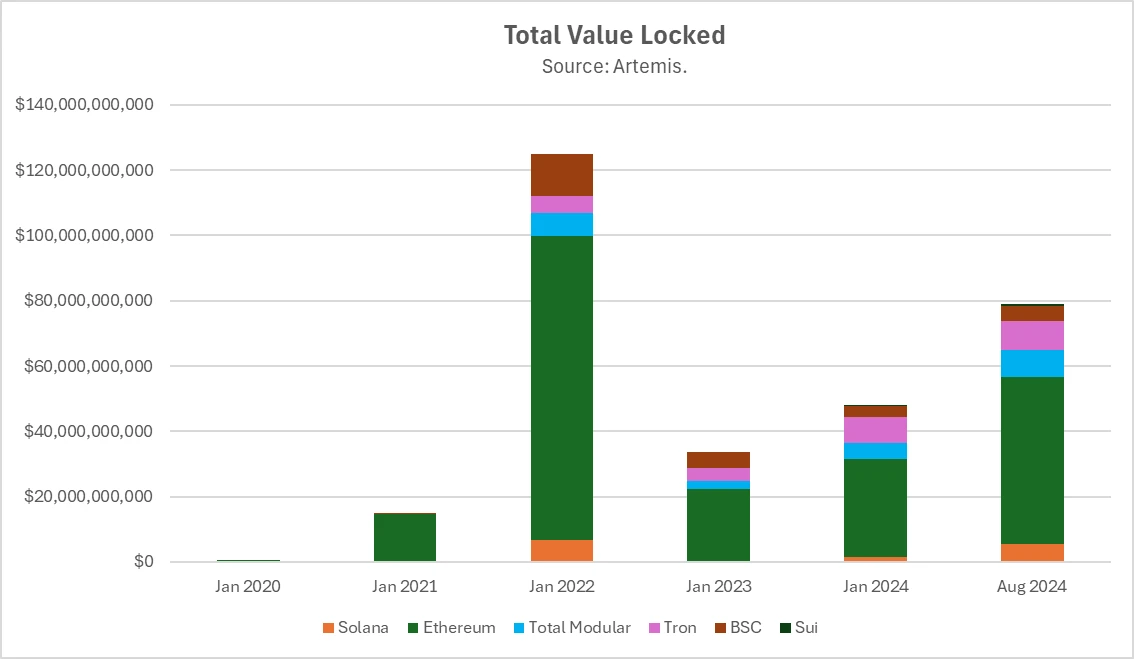


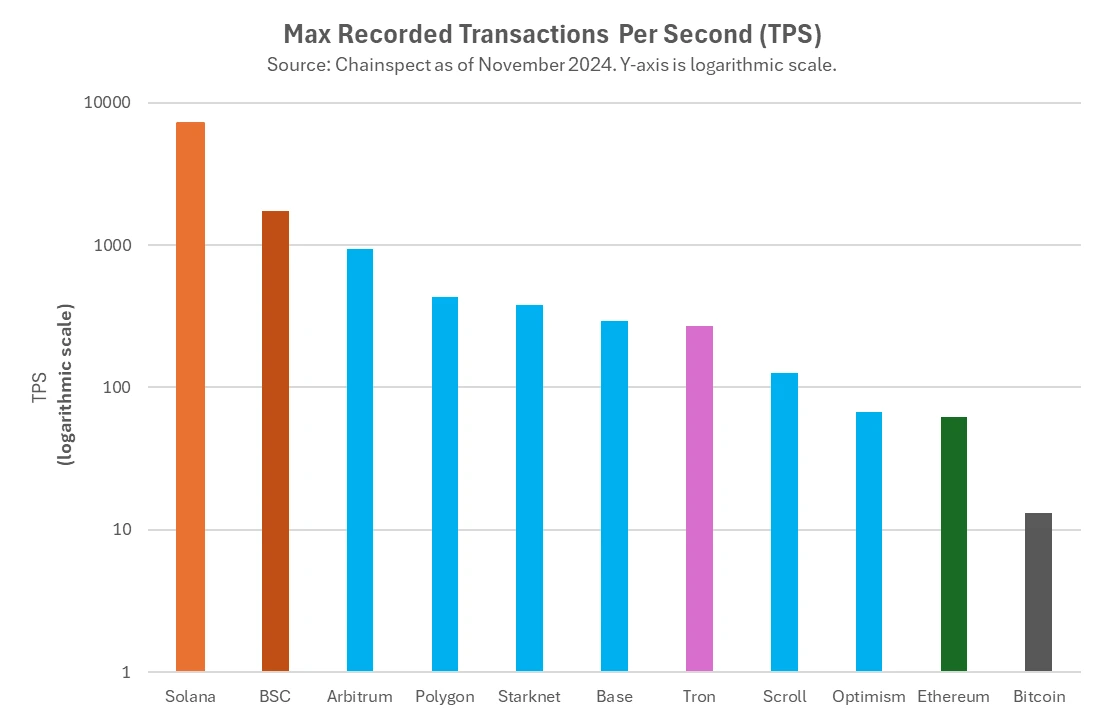








“If you’ve lost money fraudulently to any company, broker, or account manager and want to retrieve it, contact www.Bsbforensic.com They helped me recover my funds!”